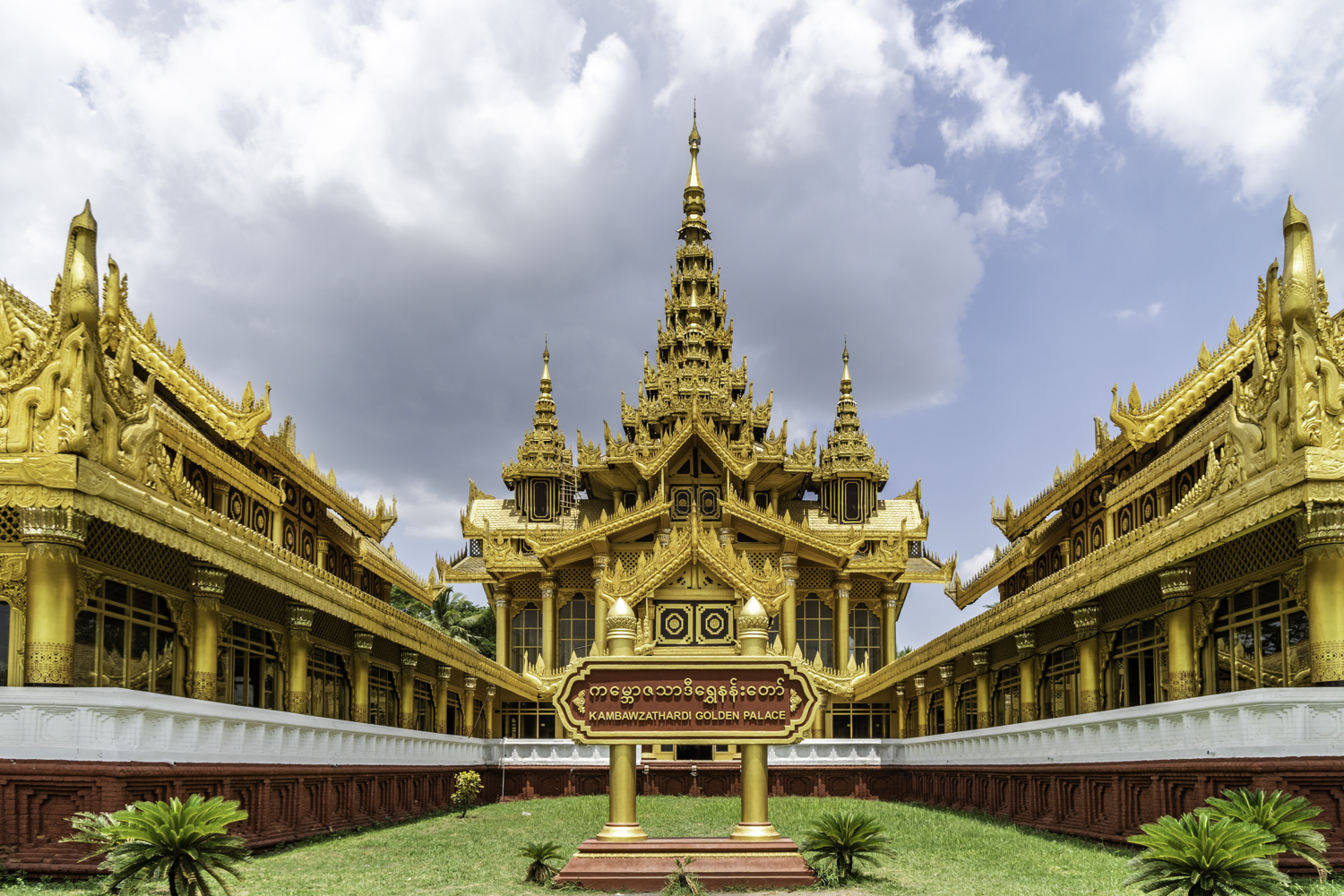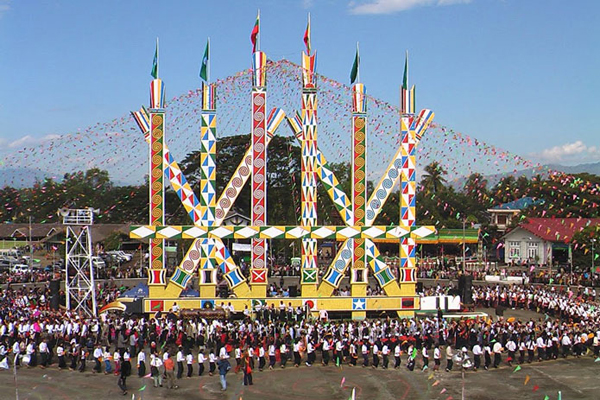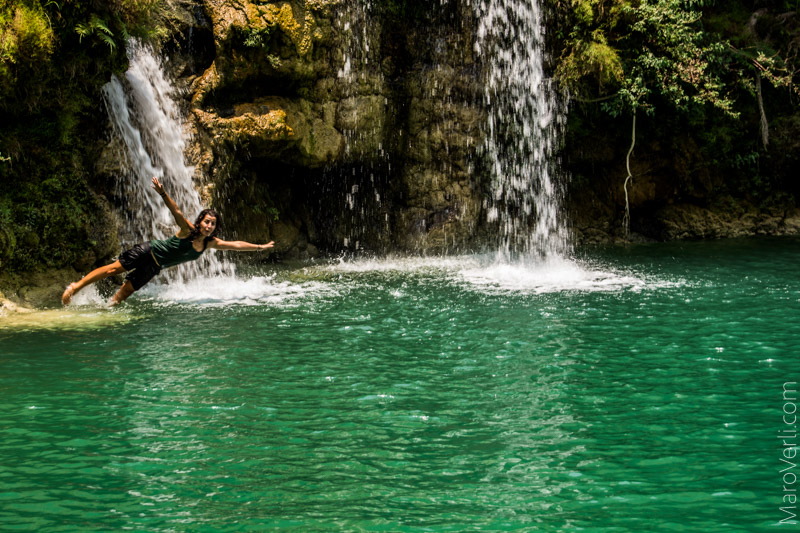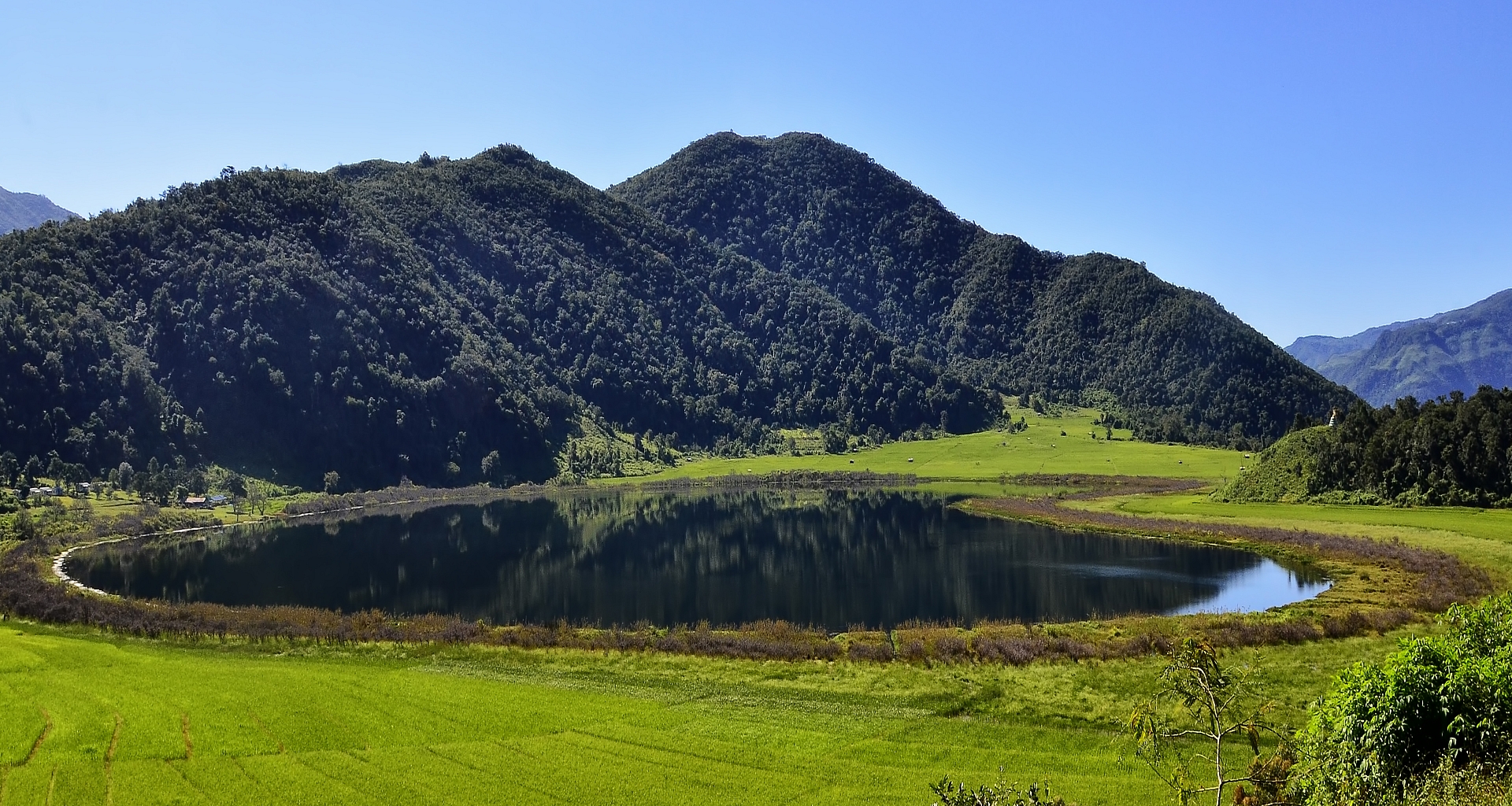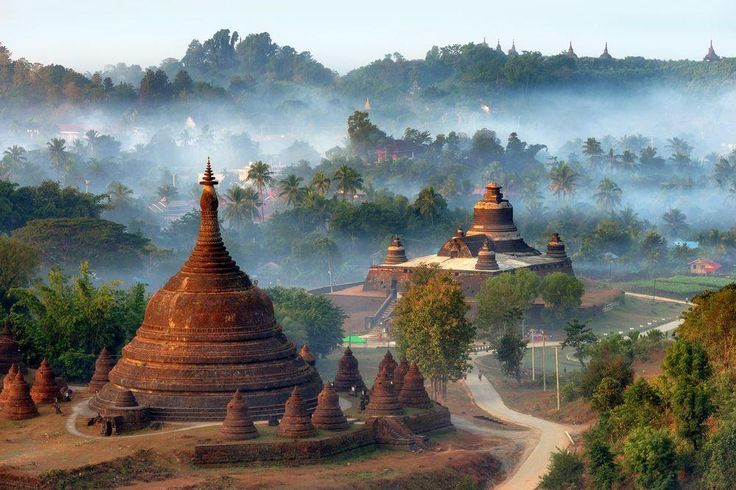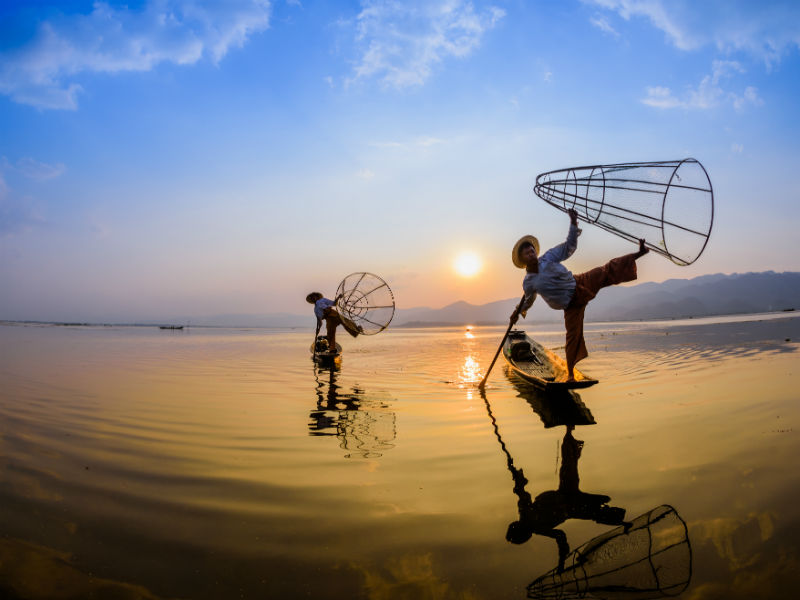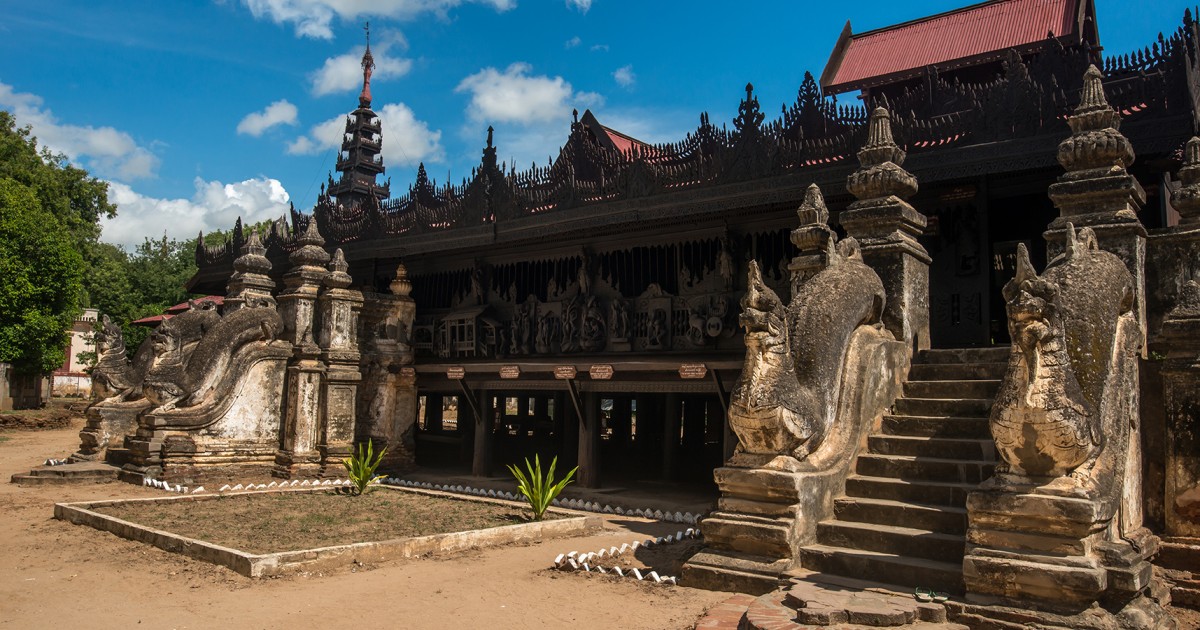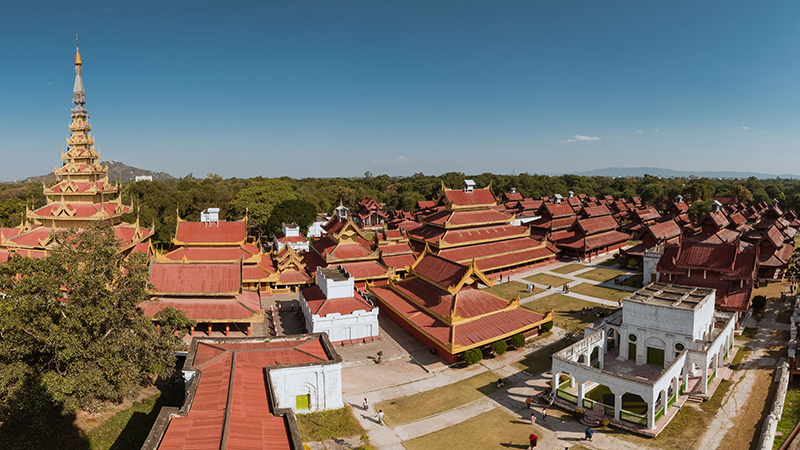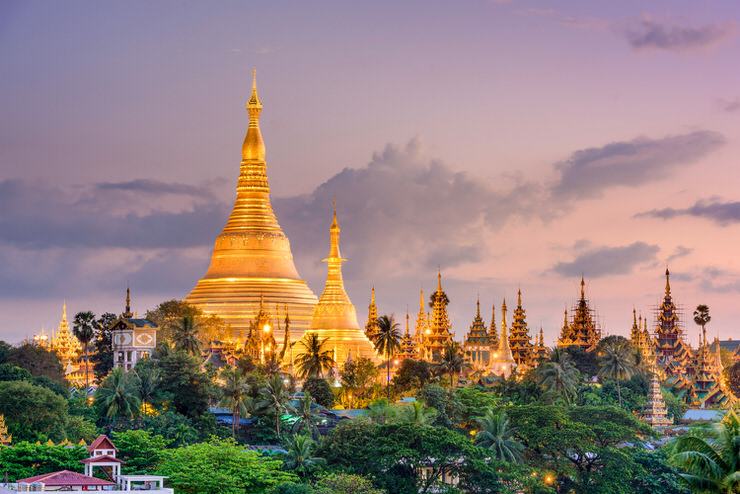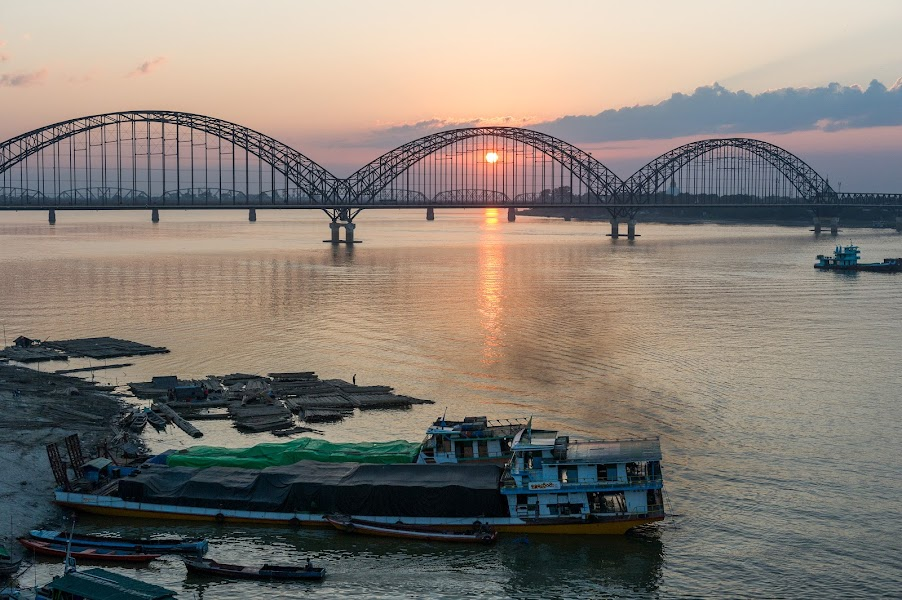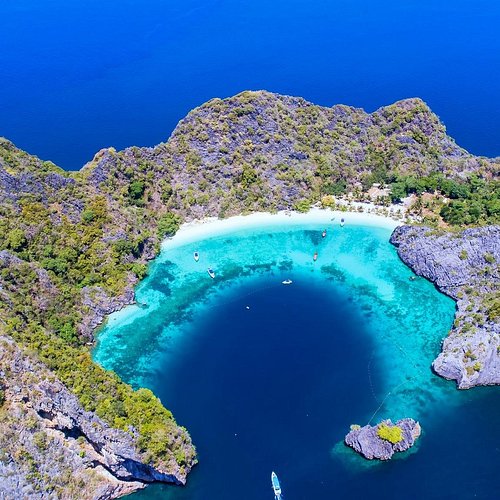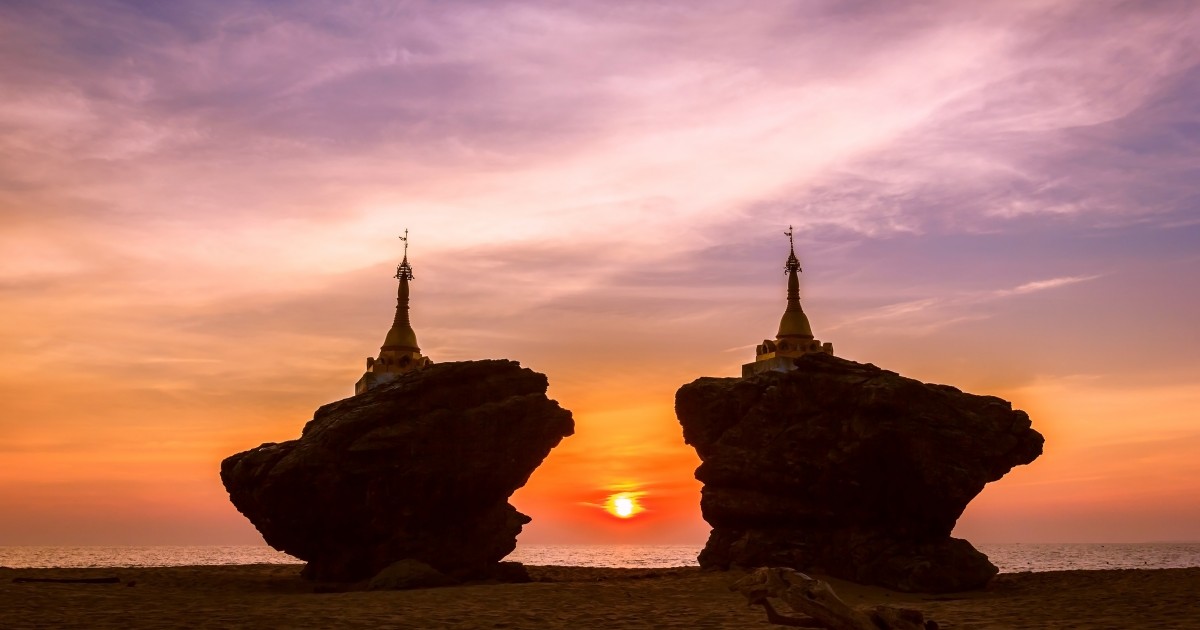Welcome to Meinmahla Kyun
Explore the Diversity of States and Regions
In Burma
Ayeyarwady Region
The Ayeyarwady Region, located in the heart of Myanmar, is one of the country's most significant areas, both culturally and economically. Named after the Ayeyarwady River, which flows through it, the region is known for its lush landscapes, fertile plains, and rich historical heritage.
Meinmahla Kyun
Meinmahla Kyun Wildlife Sanctuary is situated in the Ayeyarwady Region of Myanmar, specifically on Meinmahla Island, which is located within the Ayeyarwady River Delta. The sanctuary encompasses approximately 73,000 acres of diverse ecosystems, including wetlands, mangroves, and coastal areas. This strategic location makes it a crucial habitat for various species of flora and fauna, particularly those adapted to wetland environments.
Meinmahla Kyun Wildlife Sanctuary is home to a rich variety of wildlife. The sanctuary's ecosystems support a range of habitats, which in turn attract numerous species like Bird Species.The sanctuary is renowned for its avian diversity, making it a popular destination for birdwatchers. Over 200 species of birds can be found here, including migratory species that visit during the winter months. Notable birds include the black-headed ibis, the spot-billed pelican, and various herons and egrets.The sanctuary also hosts several mammal species, including wild boar, otters, and various species of deer. These animals contribute to the ecological balance within the sanctuary.Various reptiles, including snakes and lizards, can be found in the sanctuary, along with amphibians such as frogs and toads, which thrive in the wetland environments.
The sanctuary plays a vital role in conserving the unique ecosystems of the Ayeyarwady Delta. It provides critical habitats for both resident and migratory wildlife, contributing to biodiversity conservation. The mangroves, in particular, are essential for coastal protection, preventing erosion and serving as nurseries for marine life.Local communities surrounding the sanctuary rely on its resources for their livelihoods, particularly fishing and agriculture. Sustainable practices are encouraged to maintain the delicate balance between economic activities and conservation efforts. The sanctuary also holds cultural significance for local communities, who have historically depended on its resources.While still relatively undiscovered by mass tourism, Meinmahla Kyun Wildlife Sanctuary offers opportunities for eco-tourism and nature exploration. Visitors can engage in activities such as birdwatching, guided nature walks, and boat tours through the mangroves. The best time to visit is during the dry season, from November to April, when wildlife is more active and accessible.
